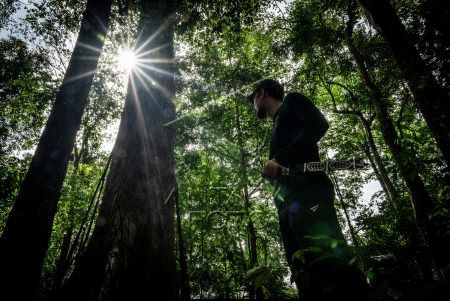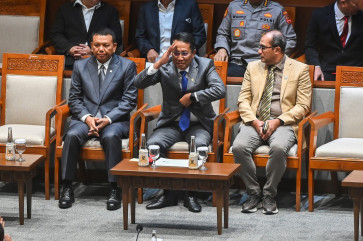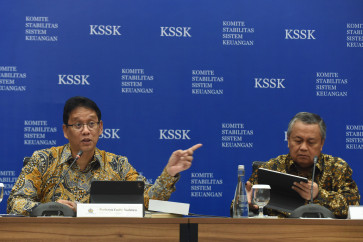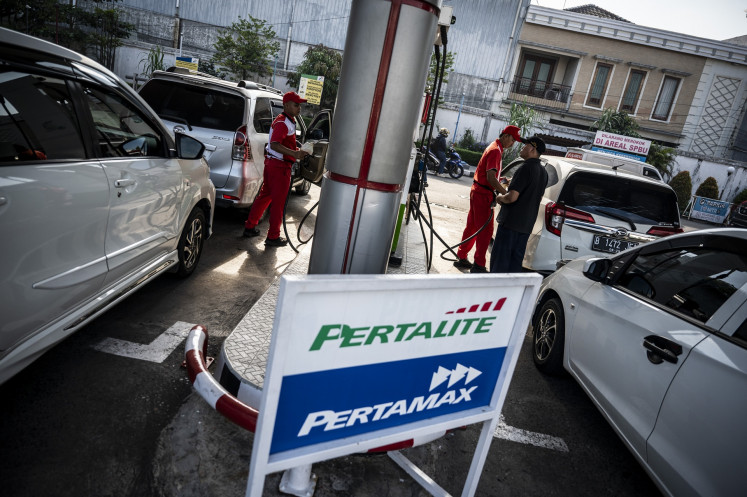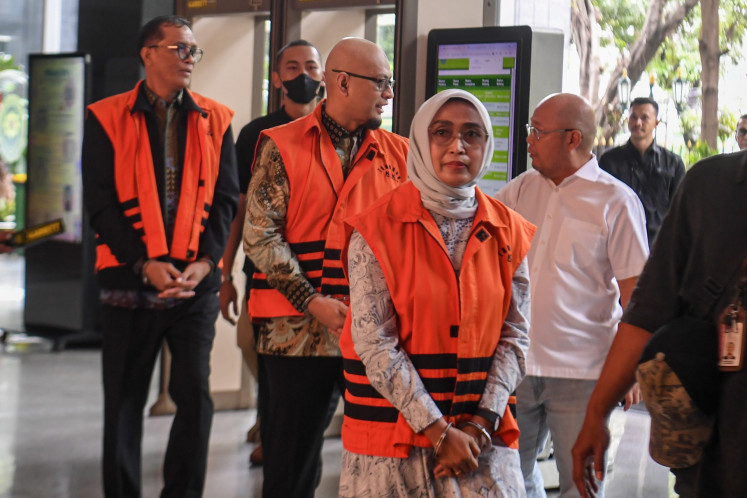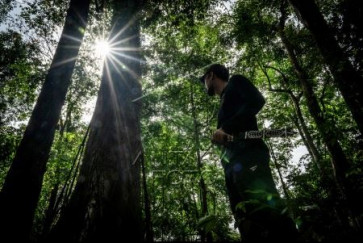Popular Reads
Top Results
Can't find what you're looking for?
View all search resultsPopular Reads
Top Results
Can't find what you're looking for?
View all search resultsCOP30 and the future of Southeast Asia’s tropical forests
Southeast Asia’s forests are not untouched wilderness, but social-ecological systems shaped over millennia of indigenous and local stewardship.
Change text size
Gift Premium Articles
to Anyone
T
he just-concluded COP30 climate conference in Belém, an urban center at the heart of the Amazon, marks the 10th anniversary of the Paris Agreement. It serves as the third global "recommitment" moment, where nations were expected to strengthen their pledges to cut greenhouse gas emissions and accelerate climate action.
Yet, this milestone arrives at a difficult moment for climate diplomacy. The United States has stepped back from international commitments, Europe is still recovering from energy and economic shocks triggered by gas supply cuts, and many developing countries in the Global South remain prioritized on economic competitiveness and inclusive growth rather than rapid green transitions.
Brazilian President Luiz Inácio Lula da Silva positioned COP30 as the "Forest COP". By bringing the negotiations to Belém, he signaled a clear intention: to move climate decision-making closer to the world’s most biodiverse rainforest.
While Brazil spotlighted its recent progress in reducing deforestation in the Amazon and the Cerrado, this progress remains fragile, and conditions in many other forested countries across the Global South are even more precarious.
Amidst the political tension surrounding emission cuts, a major financial proposal captured global attention: the Tropical Forest Forever Facility (TFFF). Envisioned as a multilateral trust fund managed by the World Bank, the TFFF seeks to mobilize US$125 billion from public and private investors to reward countries for keeping their forests standing "forever".
This concept holds particular appeal for Southeast Asia, a region home to roughly 191.9 million hectares of forest, including some of the world’s oldest rainforests. The promise is alluring: protect forests, earn revenue, and help slow climate change.
But the TFFF raises a fundamental and unresolved question: How will this mechanism affect forest-dependent communities, and will it truly limit carbon emissions?

